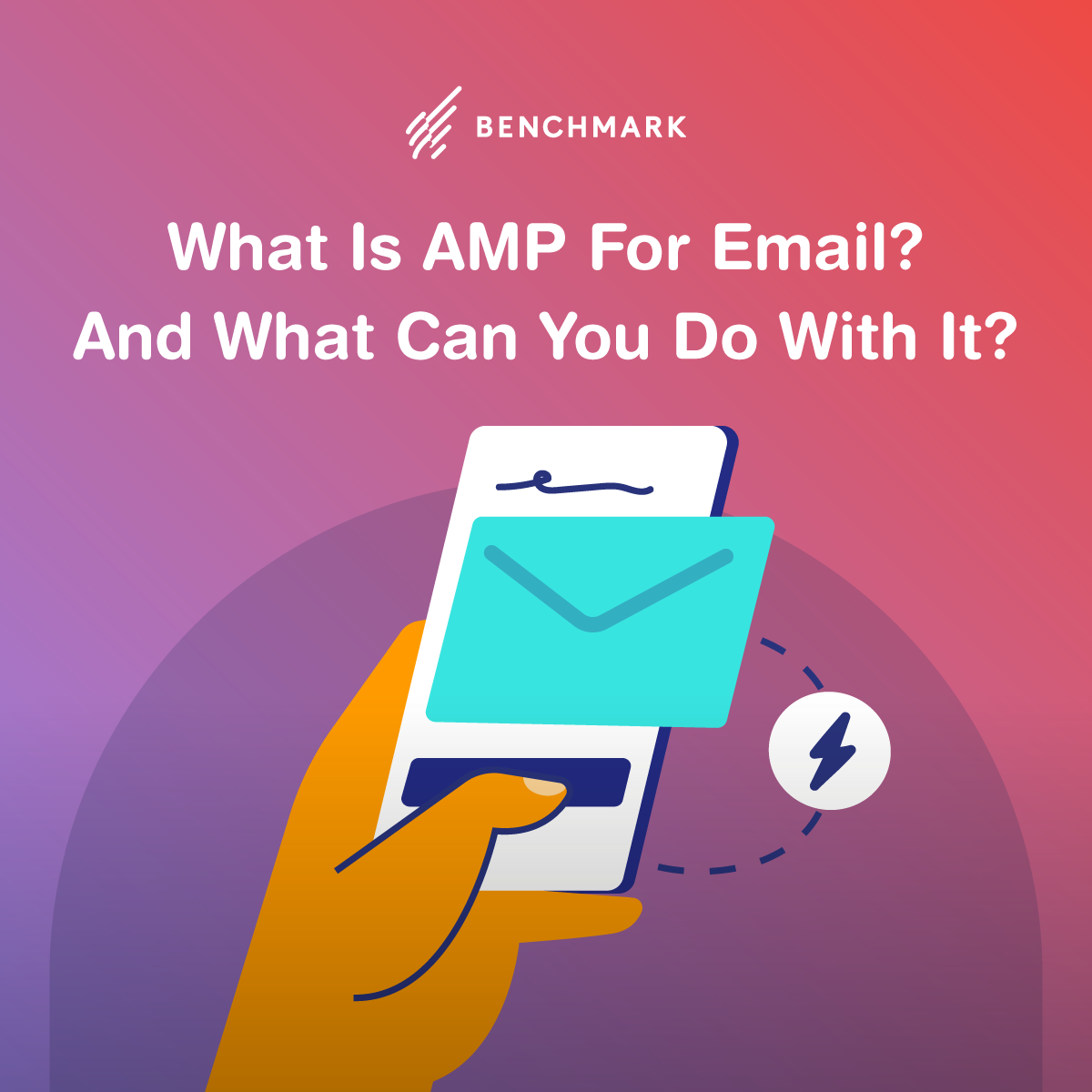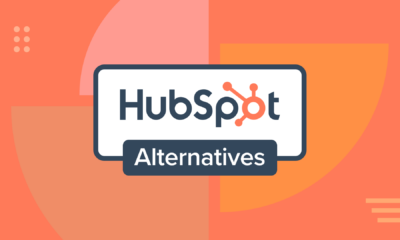EMAIL MARKETING
What Is AMP For Email? And What Can You Do With It?

There are 4,66 billion people in the world using the internet, and 92,6 percent of them use mobile devices to go online. Such rapidly growing usage of phones is changing the face of the Internet as we know it.
Every respectful company has a mobile version of the corporate site to both provide a better experience to users and profit from increased site visibility. Accelerated mobile pages were introduced in 2016 so that mobile users can quickly load the page, even with a bad internet connection.
The AMP technology affects not only web pages, but emails are becoming much more interactive and engaging as well. Email marketing has reached a new peak with the help of AMP, becoming more than plain text, a couple of images, and a link or a button.
In this article, we will discuss how exactly AMP changed emails and how businesses can use AMP to attract users.

What Can You Do with AMP for Email?
1. Form Completion In The Email
Before AMP, if users wanted to download something from an email, they had to click on a link that would direct them to a form. This process required more effort than necessary, as no one wants to wait till their browser opens and a new page loads.
AMP allows users to complete forms directly in the email. This means they can do things like go through a checkout process (except for payment), make financial calculations, book a table at the restaurant, or sign up for an event without leaving their email.
2. Use Dynamic Data
Dynamic data means that the content inside the email can change over time. For example, if you were to launch a vote via Doodle, voters would receive one email with voting results. As more votes come in, instead of sending another updated email, the data within that initial email would update. It is extremely useful when there are a lot of voters (after all, who wants to receive more than three emails on the same topic?)
Dynamic data also works for eCommerce. If a price changes, there is a sale or a product is out of stock, there is no need to send a new email for every update. It also creates a positive user experience because recipients will always receive the most up-to-date information.
3. Create an Accordion Function
Sometimes emails are unnecessarily long, negatively affecting email engagement. Users will see the information they are not interested in initially, and they will be too lazy to scroll down to find the topics that might catch their eye.
With the accordion function in AMP, a sender can make a list of topics, and if the user sees the topic they like, they can tap on it and see the full content about it. For example, you can use it to categorize products and content you’re sharing or insert a FAQ section.
4. Utilize Multi-Selection
With AMP functionality, sending feedback forms to your customers is even simpler. You can send your email recipients questions with multiple choice answers, which provides them with more options and can increase the number of responses you receive. When looking for feedback from your customers, it’s essential that little effort is needed, and by not making them follow an external link, you eliminate hurdles for them to jump through.
Multi-selection can also work for products or services. Let’s say you run an eCommerce site and want to know what products interest your new subscribers most. You can send them a welcome email after they first subscribe, asking them to check the boxes of all the products they are most interested in. You can then take that information and use it to send them personalized product promotions, increasing the likelihood that they’ll purchase.
5. Create an Image Carousel
Sometimes you have many new products to show off, but you don’t want to create a lengthy email for your subscribers to dig through. Having an image carousel allows you to show as many images as you like while maintaining a positive user experience. Instead of seeing a lengthy email and hitting unsubscribe, users use the condensed shopping experience to navigate through and consider each product.
6. Send Time-Driven Emails
No one likes experiencing FOMO, and brands know this. AMP allows marketers to include timers during the checkout process and have time-limited sales. This creates a sense of urgency which can drive more sales. And with 60 percent of millennials buying impulsively after experiencing a bout of FOMO, you can’t really go wrong with this tactic.
7. Gamify
AMP takes email fun to the next level by adding a gamification element. Users can spin the wheel to get a sale, complete a small challenge to get the prize, dress up models, or even solve crosswords. Gamification leads to an increased engagement rate which consequently boosts conversions.
We’re constantly being bombarded with sales and promo emails every day. It’s nice when those messages are broken up with fun, interactive games that also serve a purpose. Gamified emails provide your subscribers with a feeling of victory, making the promo code prize or discount that much more satisfying.
Conclusion
Marketing emails don’t have to be stuffy or salesy. They can be fun and interactive, rooted in the customer experience. AMP is doing wonders for how we engage and interact with our audience via email, so make sure you incorporate it into your email marketing strategy if you haven’t already.
Author

Rebecca Willis is an active freelance writer. She is interested in marketing, self-education, and writing. Regularly touches on the topics of self-development and modern trends. In her spare time, Rebecca enjoys reading about all things innovative. She also enjoys playing tennis and doing yoga on the weekends.


















